I get asked about this a lot and I’ve been intending to write about this for ages: the kinds of things I eat in a typical week. I confess, I tend to get stuck in a rut of eating the same 5-7 meals week in, week out until inspiration strikes again. (Can anyone else relate to that?)
Even though there is a whole plethora of things I love to eat, my brain seems to forget them all save a few. Then I’ll glance on a long-forgotten recipe, and that will become the new staple for a couple of months, and something else will fall off the list.
So what I’ve shared below isn’t a typical week, so much as a collection of the kinds of things we eat.
I don’t tend to meal plan, at least not week by week. We get a veg box delivered once a fortnight (from The Organic Collective) and we never know exactly what we are going to get. We also have a veggie garden that does not ripen according to any meal-planning schedule. Fortunately, I do have a knack for being able to whip up a meal even when my husband assures me that there is simply nothing to eat in the house.

Organic Collective Veg Box
The veg box arrives on a Tuesday, and I’ll open it up to see what we have and make a rough meal plan in my head for the next fortnight. There will be things that I need to buy to supplement what I want to make. I also tend to buy avocados (we eat a LOT of avocados; grateful they grow here in WA), mushrooms, onions, garlic and tomatoes from the store fairly regularly to supplement the box.
In my veggie garden there is always a variety of greens, plenty of herbs, chillis and some seasonal vegetables. (I recorded a garden tour video last week for my Patreon page; you’ll get access to this and additional content if you become a member.)
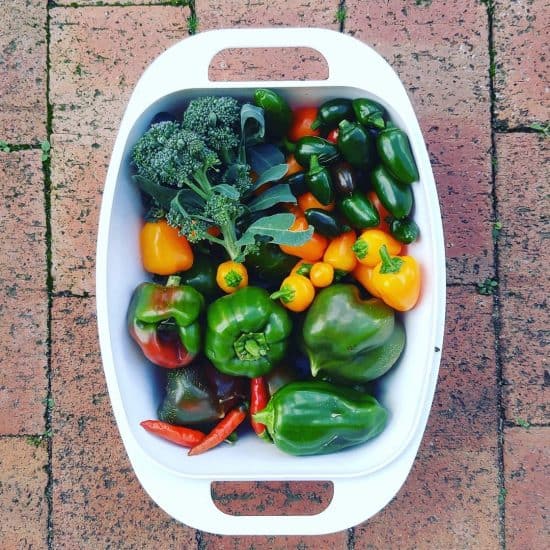
Garden Pickings
Sometimes I make my own sourdough, but recently we’ve been buying bread from Escape and Rebellion, a local microbakery. My bulk goods come from The Source Bulk Foods (specifically the Vic Park store), which has everything I could ever need… and plenty of things I don’t but that I buy anyway (hello, enormous and delicious chocolatey section.)
A Zero Waste Food Diary: Breakfast
Porridge is one of our staple breakfasts. I cook the oats on a very low temperature with water, and stir through a little cashew milk as soon as I’ve taken it off the heat. I often add hemp seeds, chia seeds or flax seeds. Sometimes I add fruit: chopped banana or mulberries (when in season).
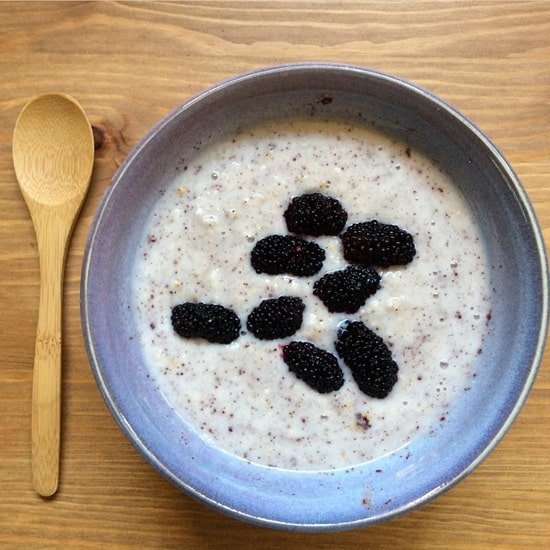
Toast comes and goes as a breakfast item. I don’t think it’s really that healthy; but it’s easy, and since we discovered the new microbakery we have been eating it a little more. We generally top our toast with mashed avocado, a squeeze of lemon juice and a sprinkling of hemp seeds.
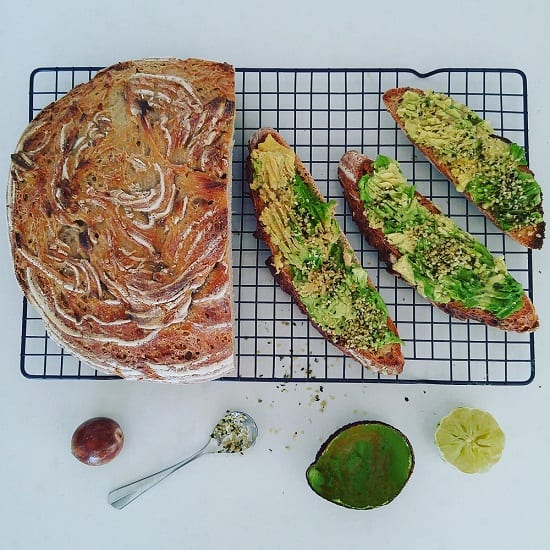
Muesli is another breakfast basic. I make my own using this no sugar muesli recipe. Sometimes I’ll use it as a topper for porridge or a smoothie if I want some extra crunch. 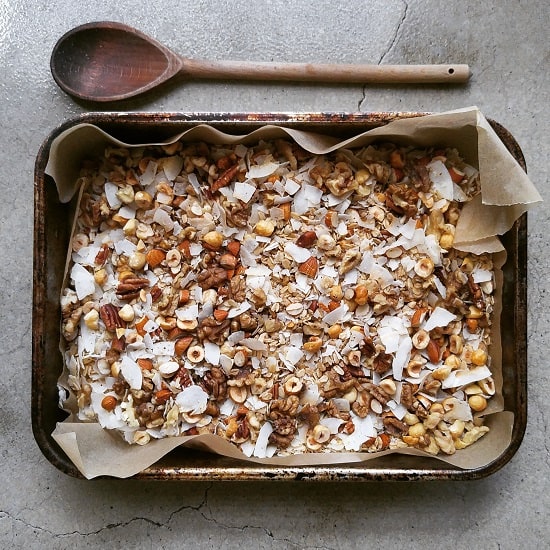
Smoothies and smoothie bowls tend to be more a summer thing than a winter one. Smoothie bowls are simply smoothies that are thick enough to eat with a spoon. Adding half an avocado and a few spoonfuls of nut butter helps bulk it out.
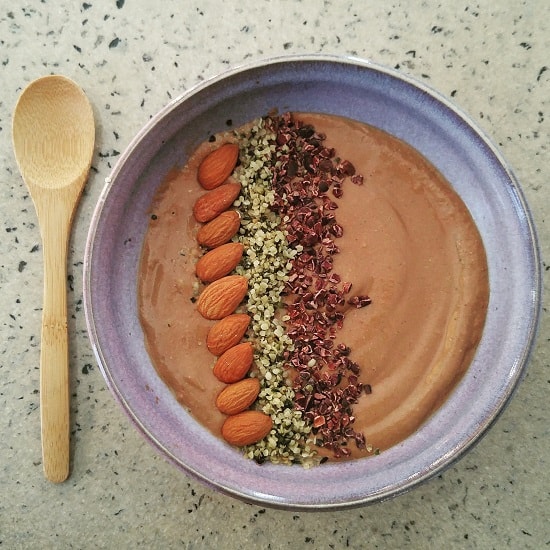
It is worth noting that I am a huge fan of leftovers, and will quite often have leftovers for breakfast: salad, rice and vegetables, etc.
A Zero Waste Food Diary: Lunchtime / Light Meals
It is actually quite hard to distinguish between lunch and dinner in our household, as lunch usually consists of last night’s dinner or other leftovers. We don’t tend to eat sandwiches or wraps or other lunchtime-y things.
One of the reasons I don’t love having bread in the house is that it is all too easy to have toast for lunch as well as breakfast. Sometimes we will have bruchetta at the weekends, but not often during the week.
Great things to put on bread / bruschetta (aside from avocado): dips (hummus especially), pesto, fresh tomatoes, fresh mashed broad beans, lots of herbs.
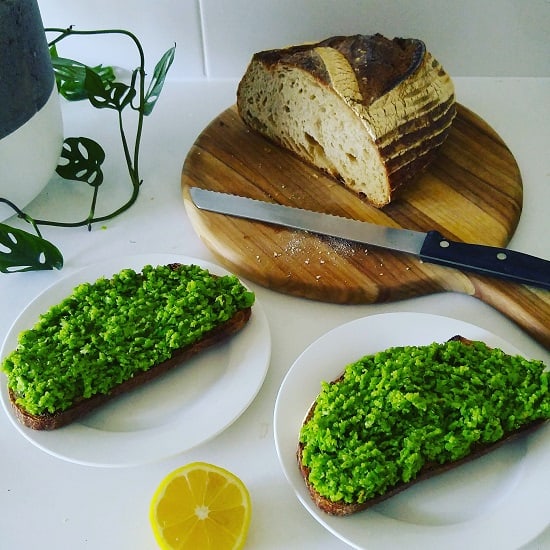
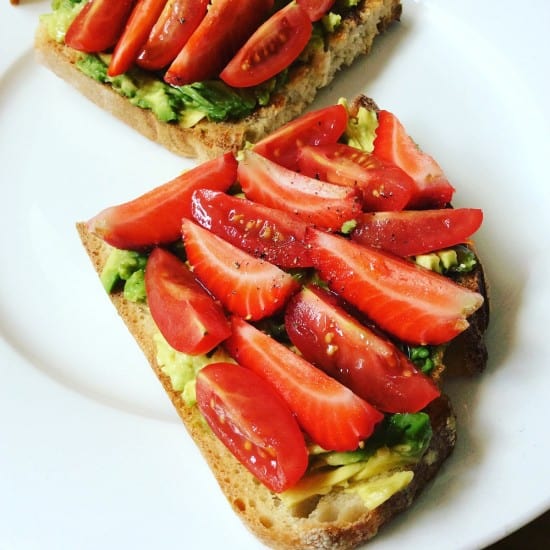

Dips are really easy to make from scratch. I make hummus often (you can find my hummus recipe here). To make beetroot hummus I simply add finely grated beetroot to the regular hummus recipe (both raw and cooked beetroot work). Hummus freezes really well, so make more than you need and freeze the rest.
To eat I either slather on toast, chop up veggies to make crudites or make my own sourdough crackers.
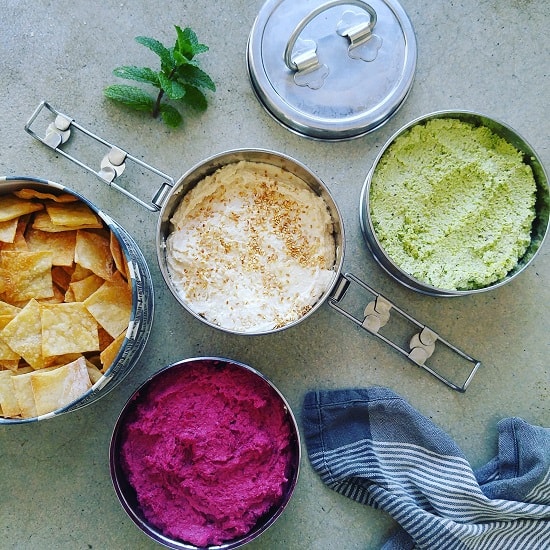
Salads tend to be a side serve rather than a meal in themselves, unless it’s a 40 degree day. Salads do not have to be boring. If they are insipid and without any flavour or substance, it just means you will spend all afternoon eating chocolate.
I’m a big fan of a colourful salad, but I also like making green salads where the only ingredients can be green. This can include: lettuce, kale, pan-fried broccoli, lots of herbs (ideas include coriander, parsley, Thai basil and mint – probably not all at once!), cucumber, green capsicum/pepper, green jalapenos, avocado. I always add some kind of fat (avocado, nuts and/or seeds) and try to include different textures. Capers add a bit of punch.
For salad dressing I add a squeeze of lemon or lime juice, maybe a dash of apple cider vinegar and a drizzle of tahini.
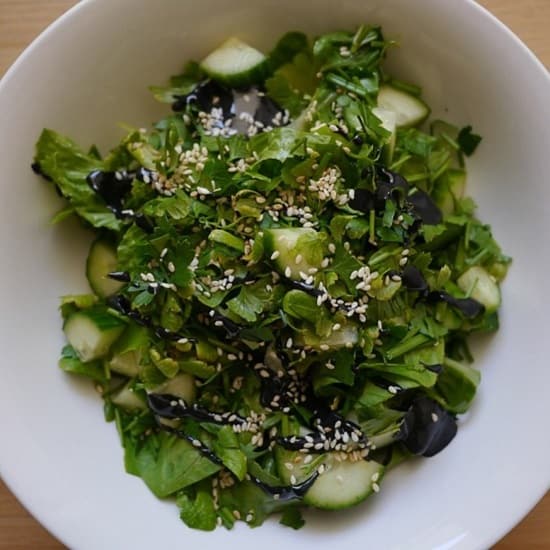
Colourful salads can contain everything! Don’t be afraid to add apple or pear, strawberries (which go amazingly with tomato) or mango to a salad. Roasted vegetables that have cooled are a great addition too (think butternut squash, sweet potato, beetroot). Always add some kind of crunchy topping – nuts or seeds, even croutons.
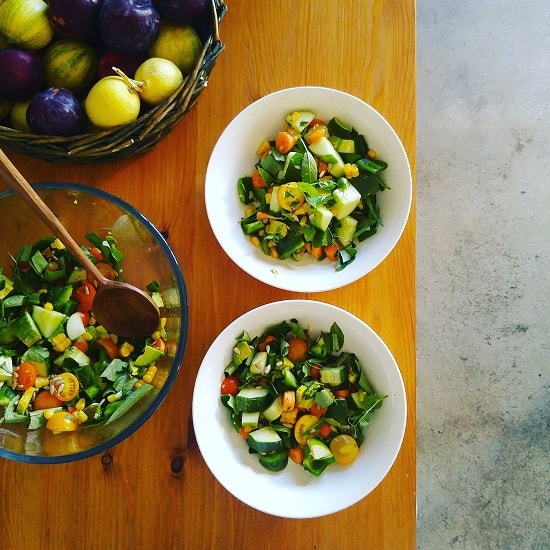
I often eat salad with a side of quinoa. Generally I mix it all up in the bowl, but here I was being all fancy-like. It’s simply green lettuce, cucumber, avocado, roasted zucchini, quinoa, roasted carrots, olives, chickpeas and sauerkraut (DIY sauerkraut recipe here).
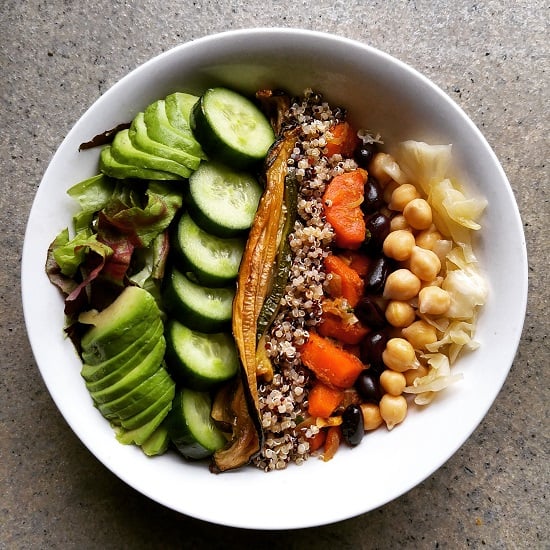
Soup is another lunch option. I tend to like soup that only has one or two vegetables in it (rather than generic chunky veg soup), so it tends to be made if I have a glut of something. I often have a corn cob with soup for lunch, and have been known to use soup as a pasta sauce.
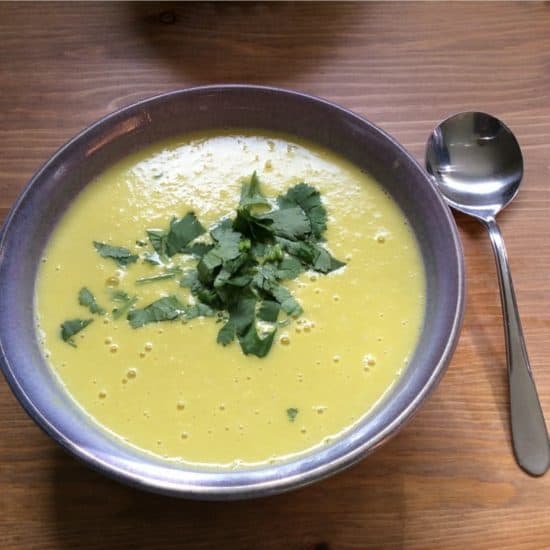
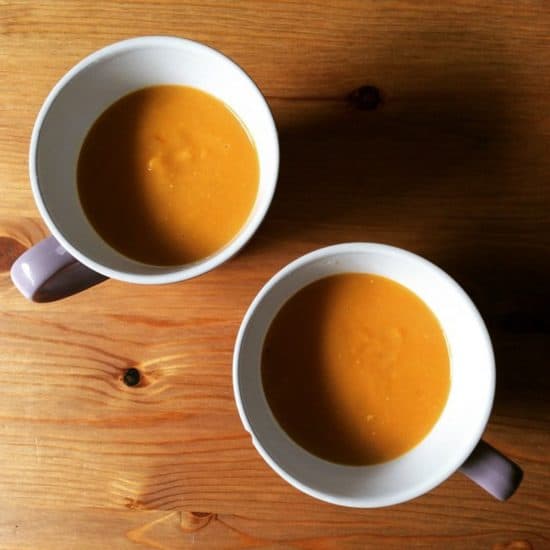
A Zero Waste Food Diary: Dinnertime / Heavier Meals
I take a lot of my inspiration from Yotam Ottolenghi. The man is a vegetable-cooking genius, and he is not even vegetarian! An Israeli-Italian living in London, he knows how to use vegetables, pulses and beans to create filling, tasty, flavourful dishes. I own a couple of his cookbooks (and as a minimalist, that’s saying something!)
Some of his recipes can be a little fiddly but most are easily adaptable. If you’re unsure how to get started with vegetarian cooking, or using chickpeas and other pulses, I’d recommend his books Plenty and Plenty More (check your library).
These falafels are not from Ottolenghi, but it’s the kind of thing you’d find in his books. (I suspect he has a recipe somewhere.) After struggling to make falafels several times, I’ve finally nailed a recipe and these have become a staple in our house.
(Back when I lived in the UK, before I went plastic-free / zero waste, I used to eat a lot of falafels. They came in a hard plastic tub, with a plastic film lid, then with a cardboard outer. You’d get 8 in a pack. I bought them often. Cringe!)
I almost always serve with roasted cauliflower (not tried roasted cauliflower? You’re missing a trick!) and a rice salad which I’ve talked about below.
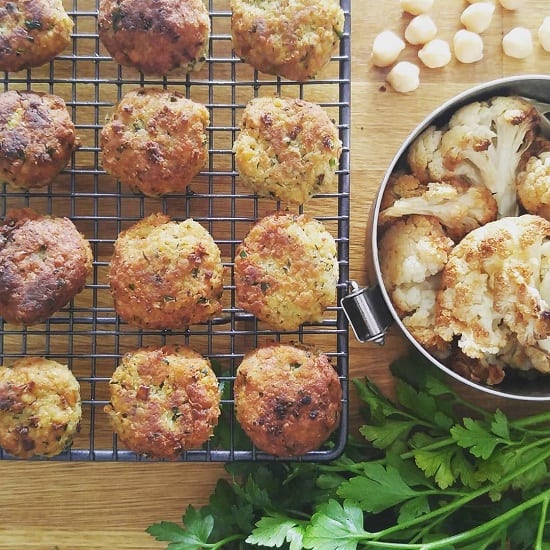
This rice salad definitely draws inspiration from Ottolenghi: he has a bunch of salads that look like this. I’ve made most of them over the years: these days I follow a general formula rather than a recipe as such. As a minimum I cook white rice, lentils (usually puy lentils) and quinoa. I cook all three separately and combine when cooled). I’ll thinly slice and fry onions until caramelised. Then I add heaps of herbs (coriander, parsley and mint tend to be the ones I have; I don’t necessarily use all but at least two). Finally I add something for sweetness (pomegranate, cape gooseberries, dried cherries) and something for crunch (roasted almonds, occasionally pine nuts).
Sometimes I’ll add wild rice, or use red rice instead of white rice. The puy lentils can be switched for beluga lentils, or green lentils, or even chickpeas. I’ll use spinach or mizuna lettuce instead / as well as herbs. Sometimes I add cumin or lemon zest. I find it pretty flexible.
I also make an enormous bowl and we tend to eat it for lunch and dinner for a few days.
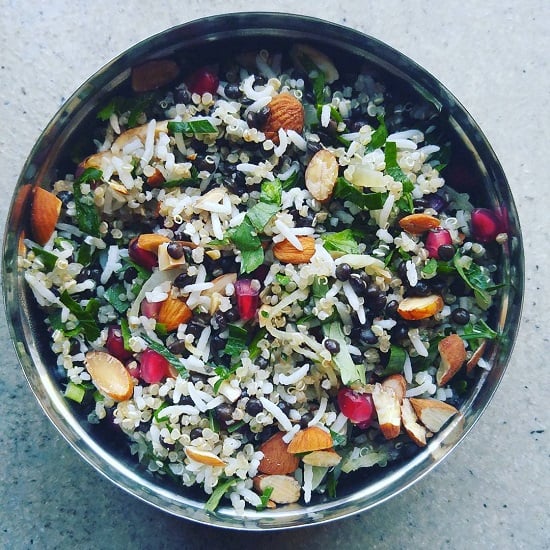
We also eat a lot of stir-fries and one-pot vegetable dishes. This one below was inspired by Ottolenghi – I didn’t have half of the ingredients, but had similar things so I looked at the picture and made my own version. It’s white sweet potato (pre-cooked) fried in a pan with onion, chard and chickpeas, and lots of lemon juice.
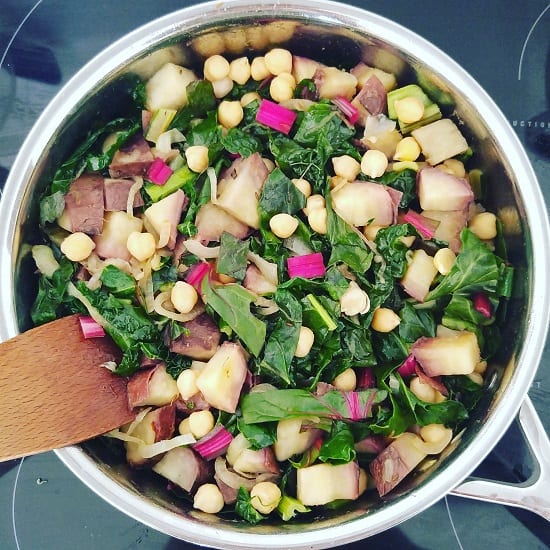 More vegetable one-pot meals: this would be the kind of filling I’d use for baked potatoes or sweet potatoes – topped with avocado and drizzled with tahini.
More vegetable one-pot meals: this would be the kind of filling I’d use for baked potatoes or sweet potatoes – topped with avocado and drizzled with tahini.
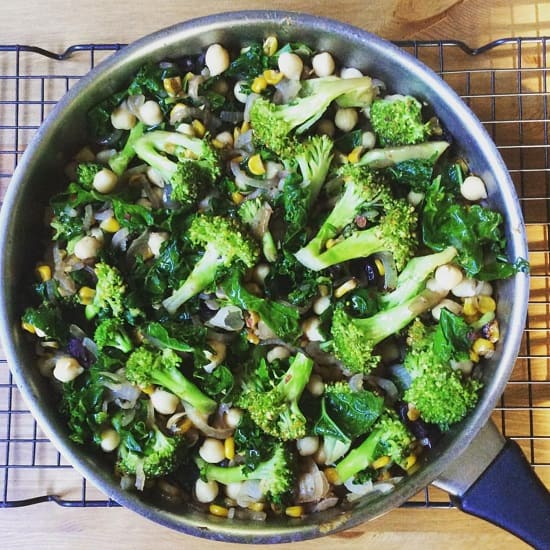
This is literally a use-up-whats-in-the-fridge meal. I used two pans to try and keep the flavours different and make it a bit more interesting. 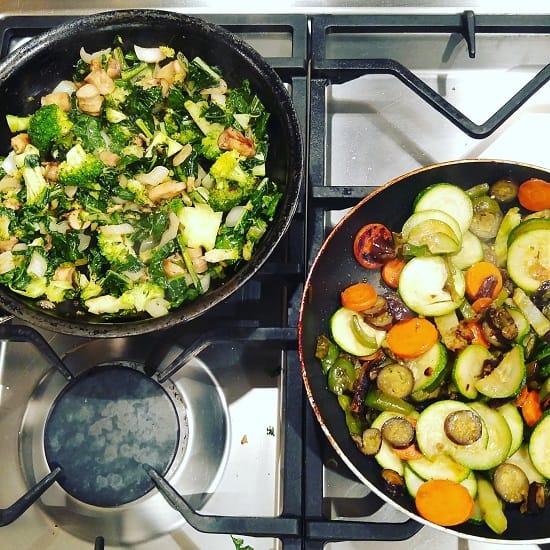
We eat pasta occasionally, usually with a tomato-based sauce (we chop up fresh tomatoes), or with pesto (made with herbs from the garden) or a creamy sauce made with avocado. This is chopped greens (kale, spinach and parsley), fried in garlic, drizzled in lemon juice and mixed with some pesto.

We also eat a lot of dahl (which is basically Indian spiced cooked lentils). I tend to use yellow lentils for this. I first made dahl using Nigel Slater’s recipe way back when. I still use it as a base recipe, but mess around with the spices, or add coconut milk (probably not a very dahl thing to do) or add lots of kale.
Usually I don’t mix dahl with rice, but this was a case of reheating leftovers and only wanting to wash one saucepan.
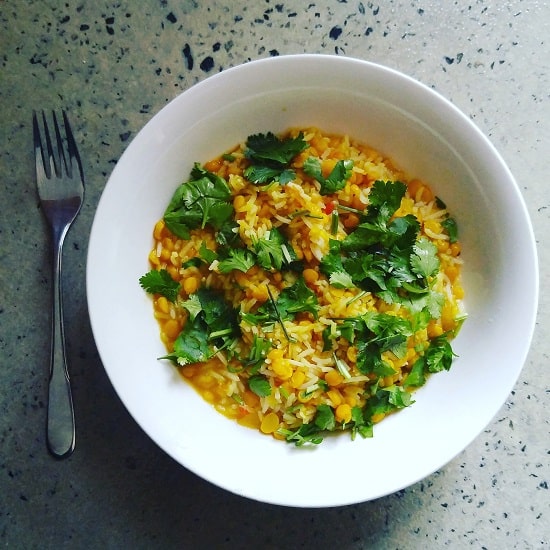
Roast vegetables are a winter staple in our house. I roast a lot of butternut squash and other pumpkins, sweet potato, beetroot, carrots. Once roasted I use in salads, as a side, or with puy lentils to make a more filling dish. Alternatively I used leftover roast veggies to make soup, or add to hummus.
I have a guilty pleasure of roasting actual potatoes and then eating out of a bowl as a snack. 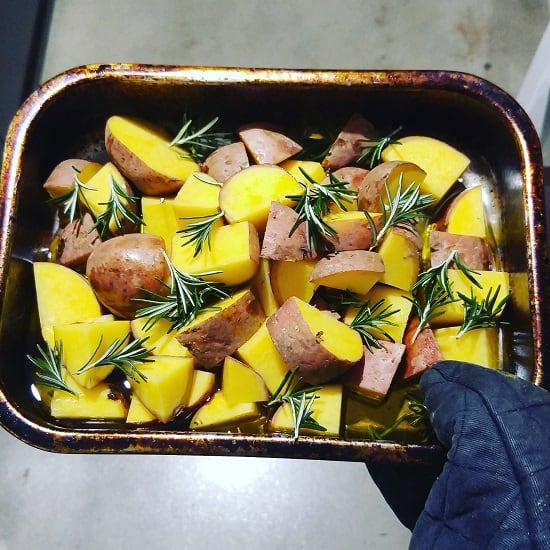
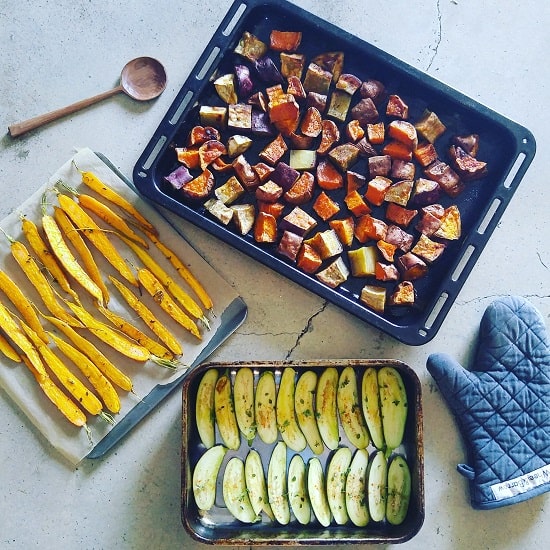
As I mentioned at the beginning, this isn’t a complete food diary of what I eat in a week – rather I’ve tried to show you as many ideas as possible. There’s plenty more I could talk about. Plant foods are so versatile, it is truly impossible to run out of inspiration!
In part 2 I’m going to be talking about zero waste snacks: in particular, snacks to eat when you don’t have access to a bulk store. Until then, I’d love to hear from you! What are your go-to zero waste meals? Any quick and easy ones you recommend? Or anything that takes a bit of effort but is totally worth it? Any flavour or ingredient combos you love? Anything else to add? Please share your thoughts in the comments below!
[leadpages_leadbox leadbox_id=1429a0746639c5] [/leadpages_leadbox]


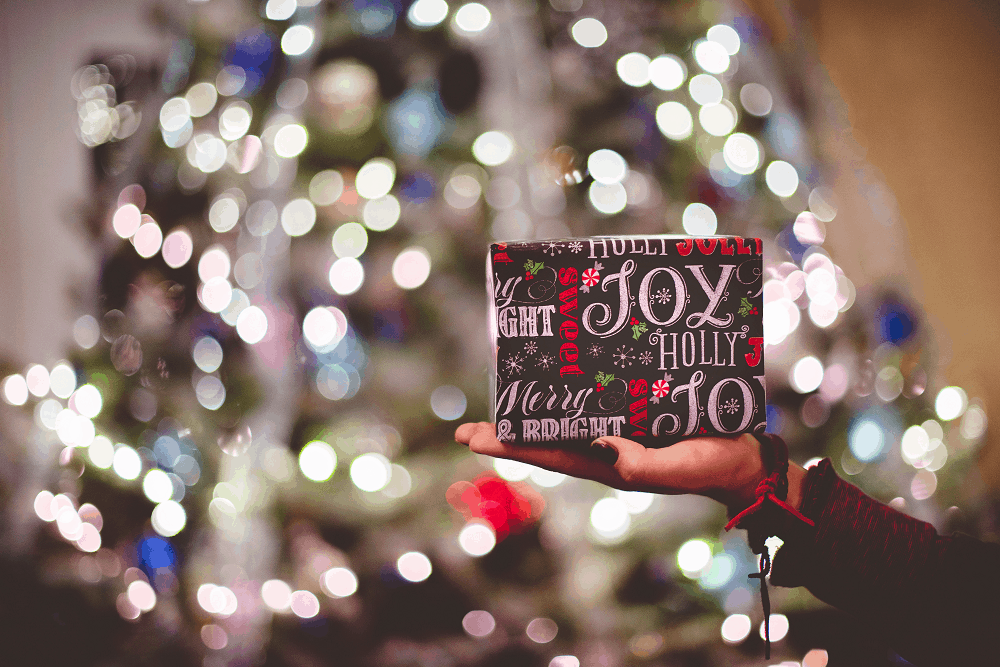

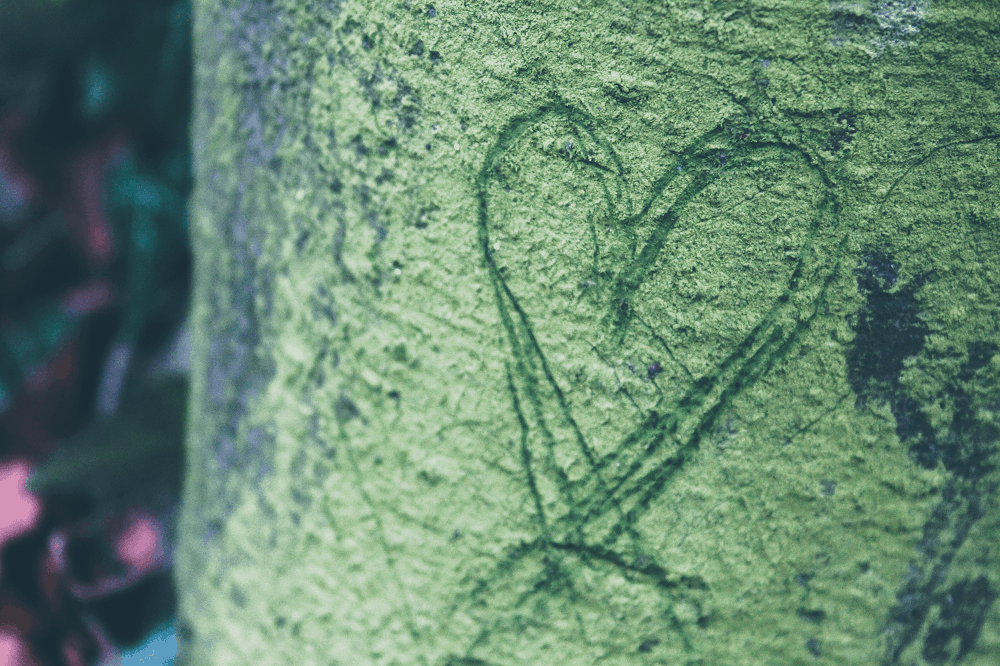
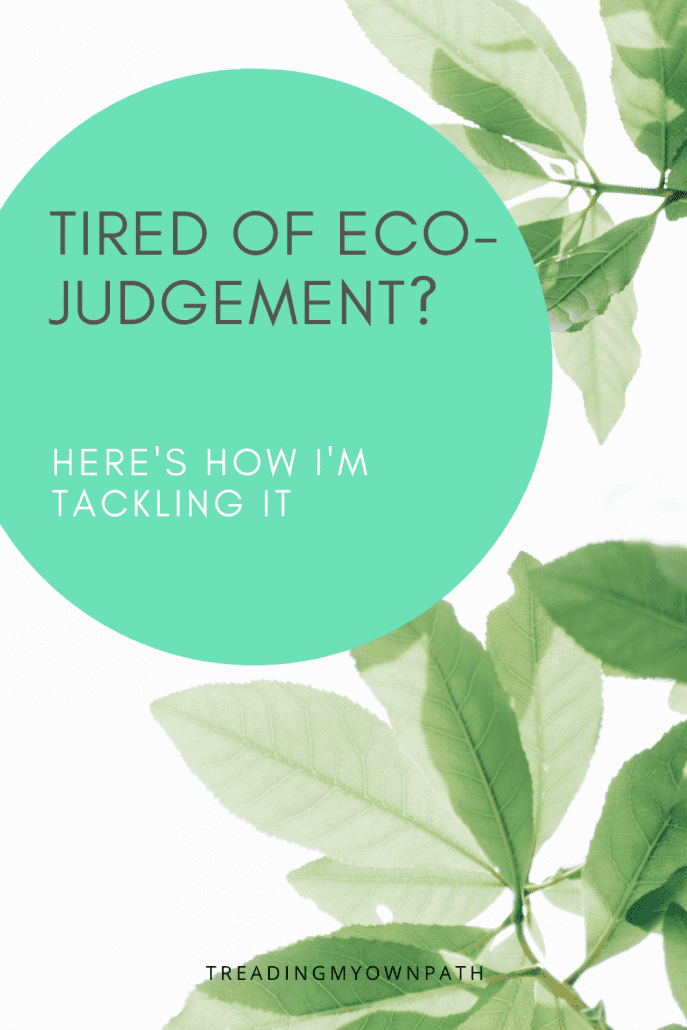
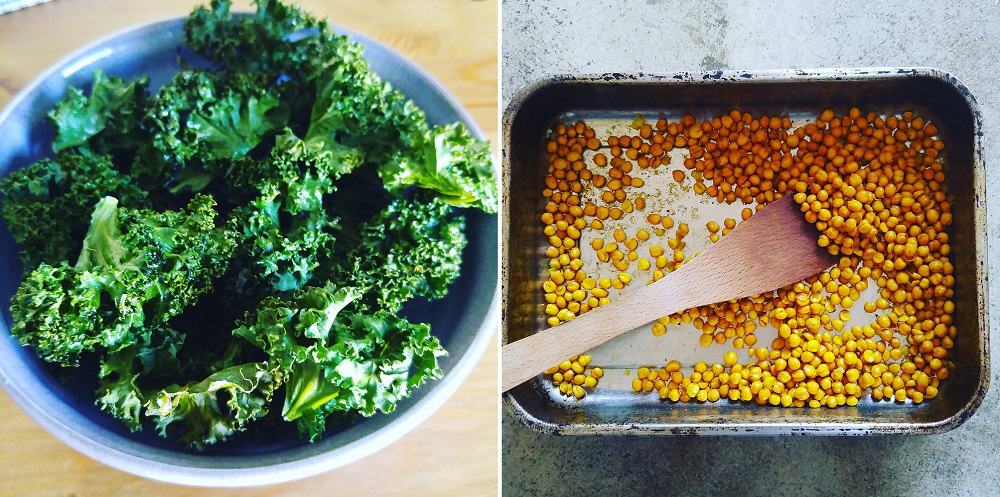
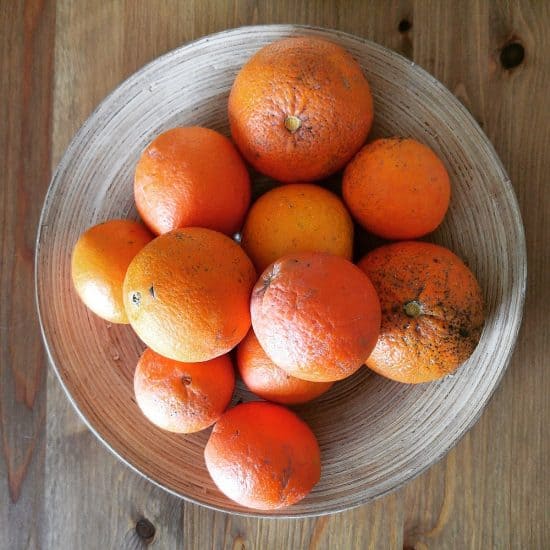
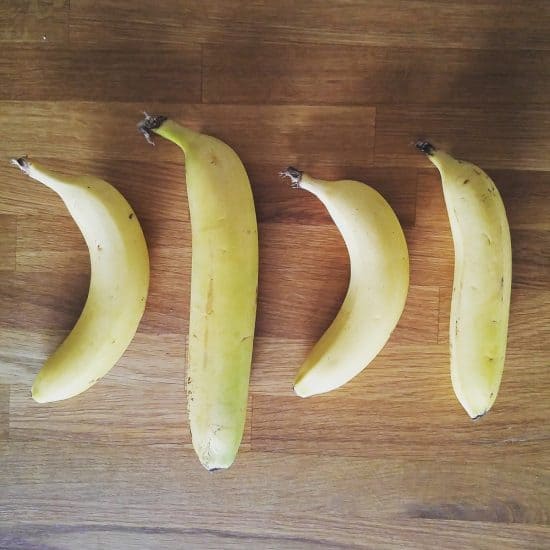
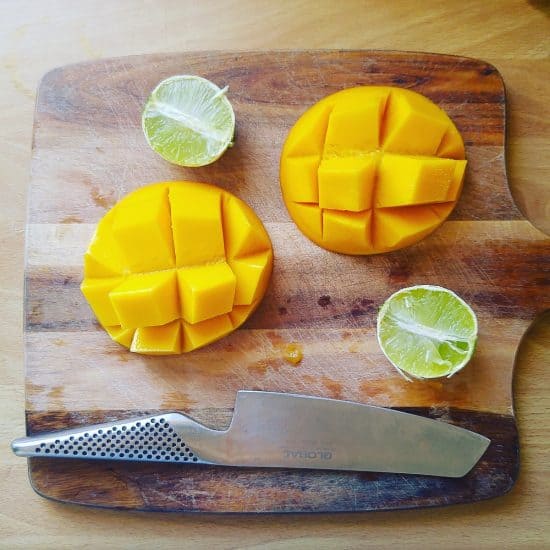

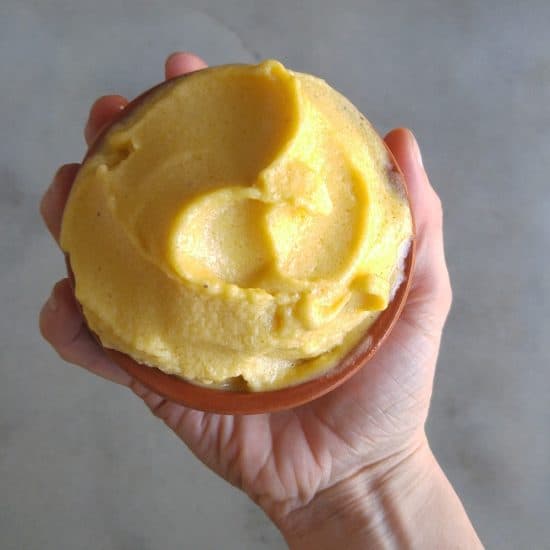
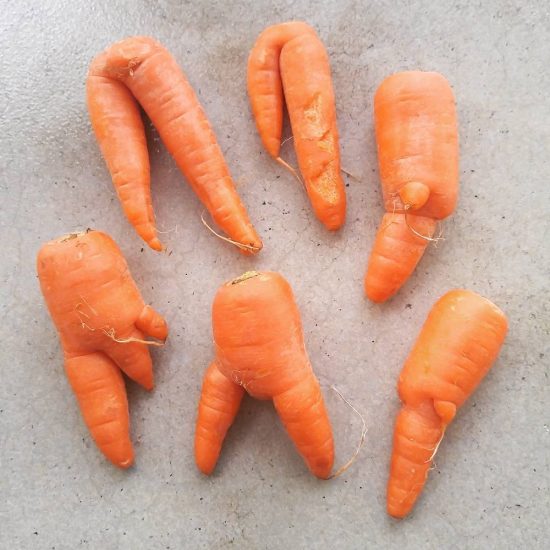
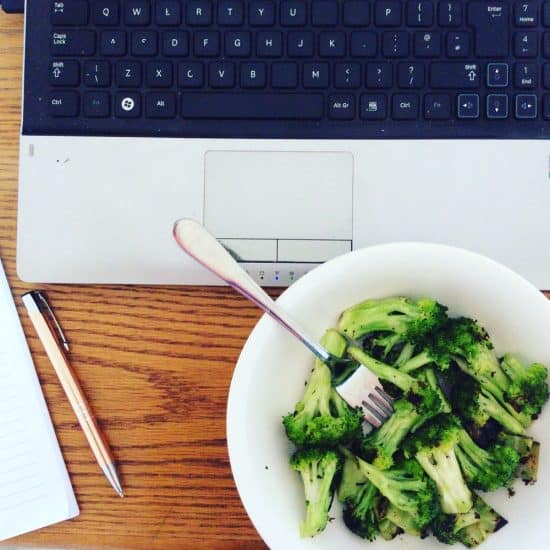
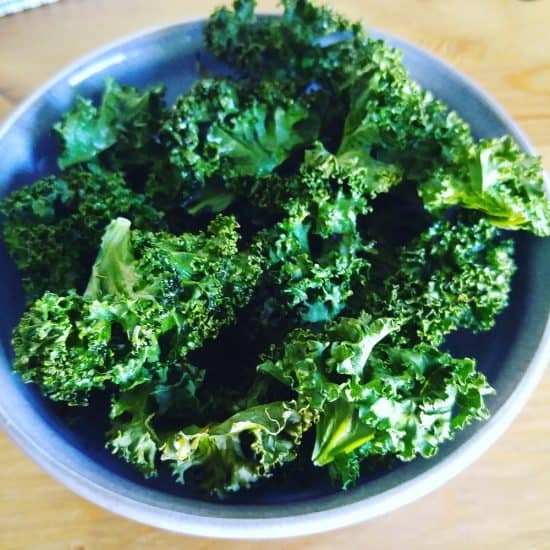
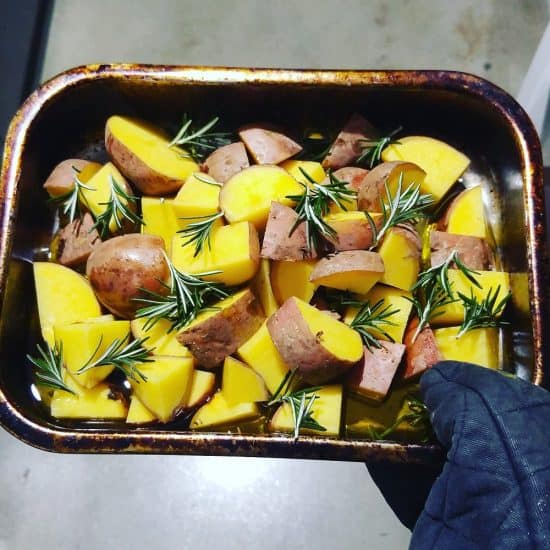
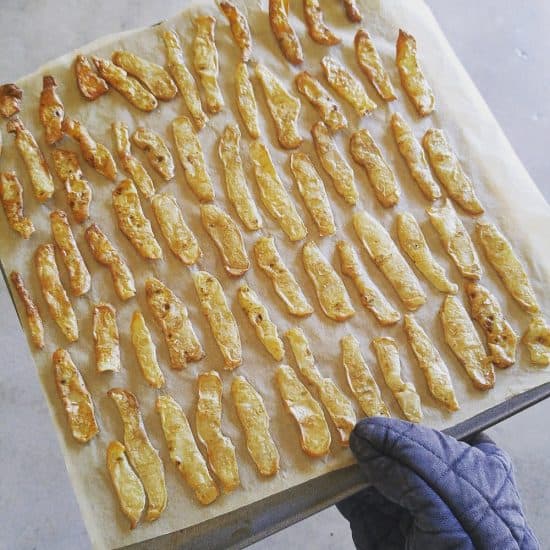
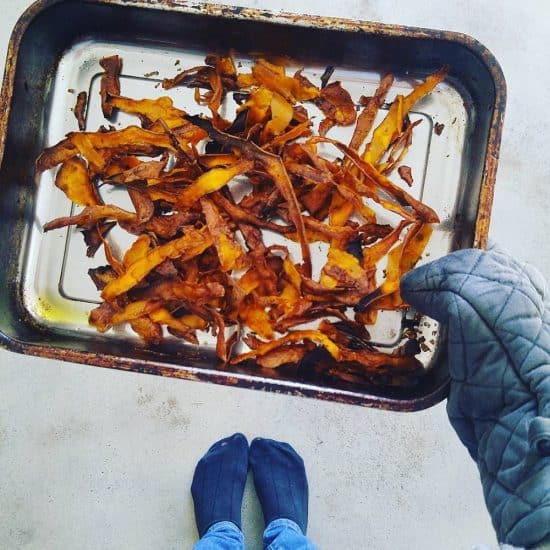
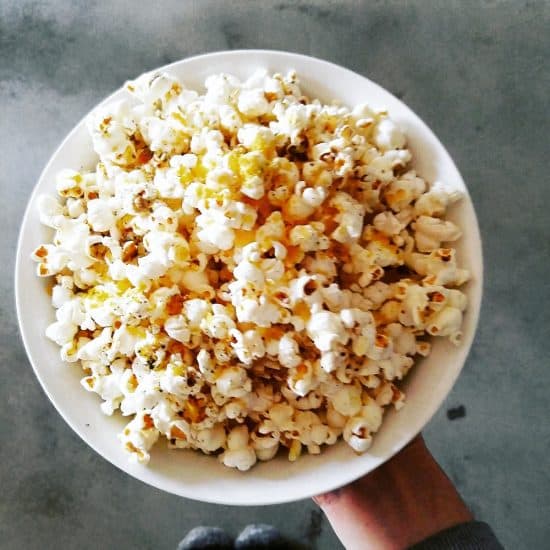
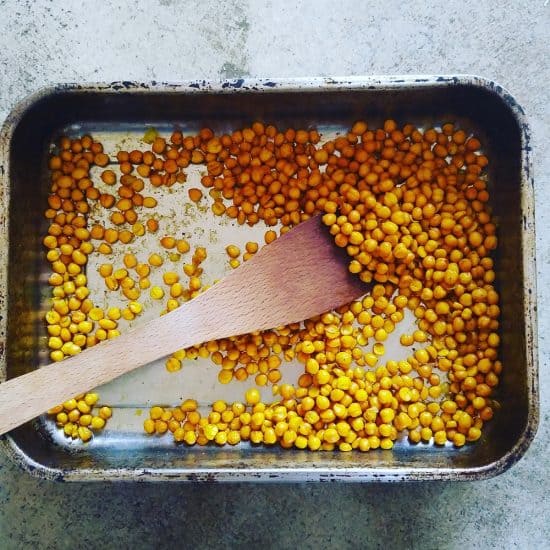
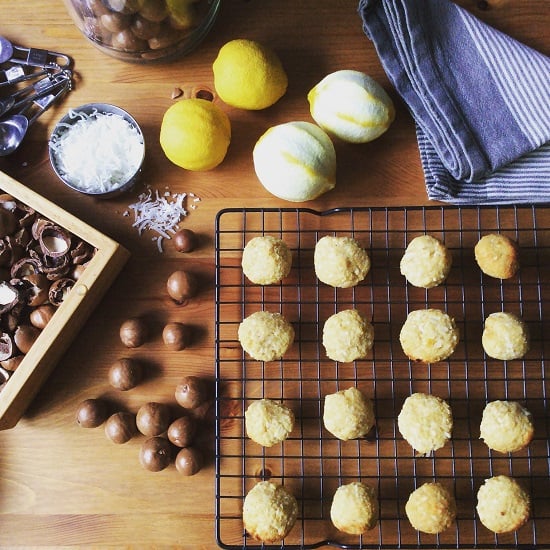
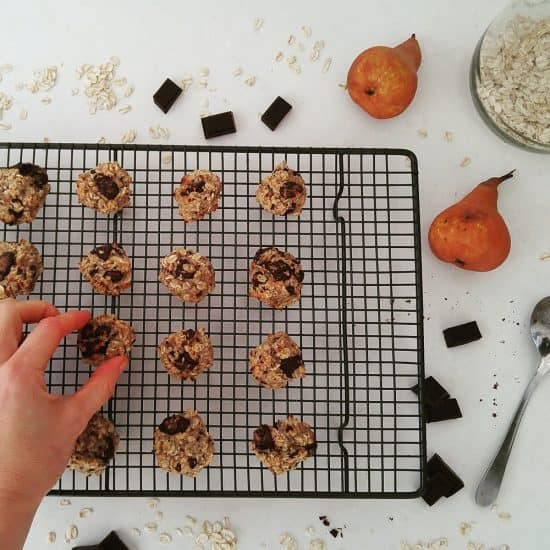


















 More vegetable one-pot meals: this would be the kind of filling I’d use for baked potatoes or sweet potatoes – topped with avocado and drizzled with tahini.
More vegetable one-pot meals: this would be the kind of filling I’d use for baked potatoes or sweet potatoes – topped with avocado and drizzled with tahini.






